A military airlift unit in Alabama is taking on one of the biggest challenges in its nearly 60-year history: ditching its beloved cargo planes for helicopters.
After 40 years of taking the C-130 Hercules into combat, the Air Force Reserve’s 908th Airlift Wing at Maxwell Air Force Base will become the main hub for training pilots to fly the new MH-139 Grey Wolf — a helicopter designed to patrol nuclear missile fields and evacuate government VIPs in national emergencies.
It’s “the hardest, most complicated, multifaceted [mission change] the Air Force has ever taken on,” wing commander Col. Craig Drescher recently told Air Force Times.
RELATED
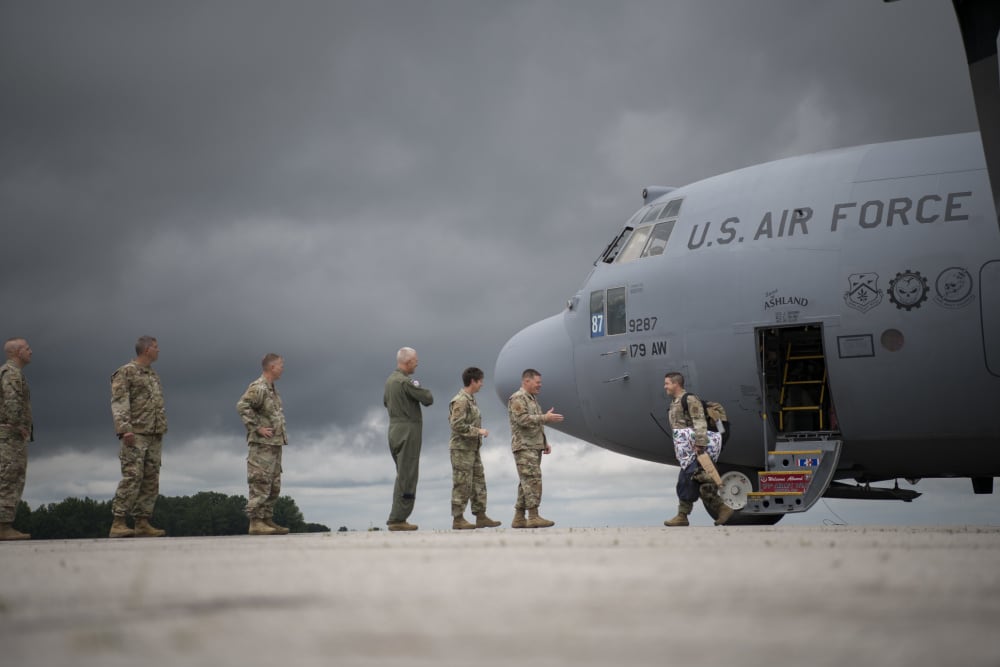
When the Air Force retires a fleet, it typically swaps out the aircraft for another with a similar build and mission. Not so for the 908th.
The airlift wing needed to get rid of its increasingly unreliable Hercs, and the Air Force needed a place to train MH-139 aircrews. So, military planners seized the opportunity to “accelerate change or lose,” Drescher said, referencing Air Force Chief of Staff Gen. Charles “CQ” Brown Jr.’s mantra.
Now the wing is in limbo as it waits for Boeing to deliver the training curriculum, flight simulators and the helicopters themselves.
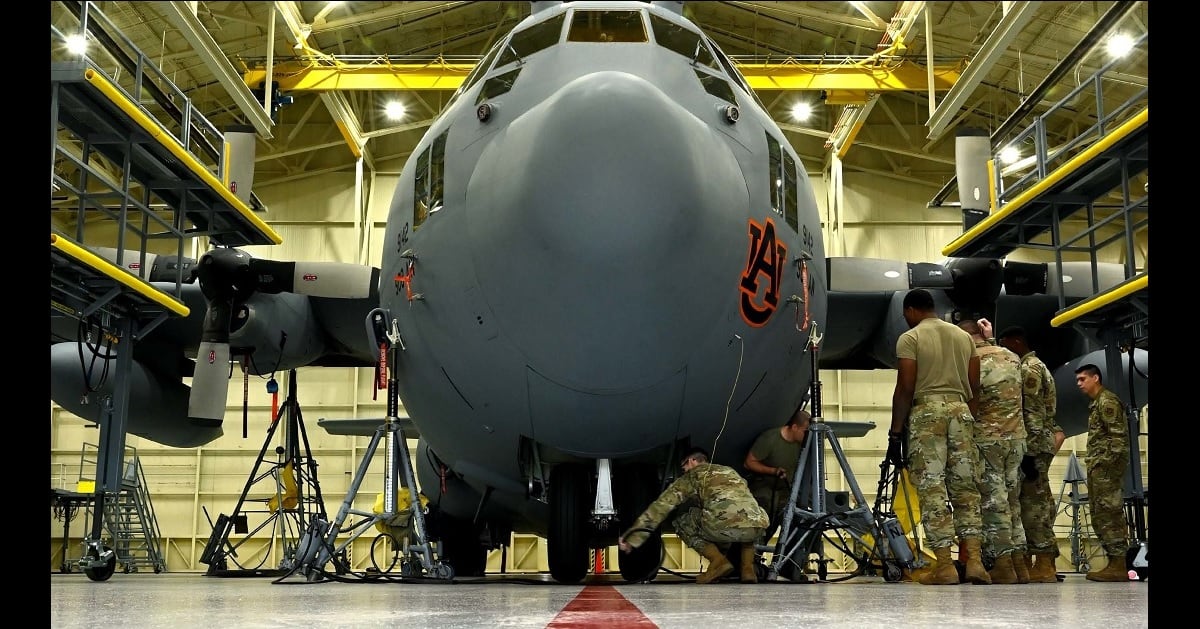
“Not only is it hard to go from a fixed-wing, combat-coded unit to a rotary-wing formal training unit, but we’re talking about an airframe that hasn’t even come off the factory floor yet,” Drescher said. “We don’t have anything stood up. We’re having to create everything as we go.”
The wing hasn’t always been in the cargo business. It was established in 1963 as a C-119 Flying Boxcar unit but was briefly assigned to fly air control planes in early 1969. It returned to flying transport aircraft with the C-7A Caribou in late 1971, and switched to various models of the C-130 Hercules starting in 1983.
“The 908th Airlift Wing has airlifted everything from a battleship bell to the U.S. mail, [and] from a bagpipe band to screwworm flies,” according to its website.
The wing flew its last C-130H mission in April, capping about 40 years of Herc operations.
RELATED
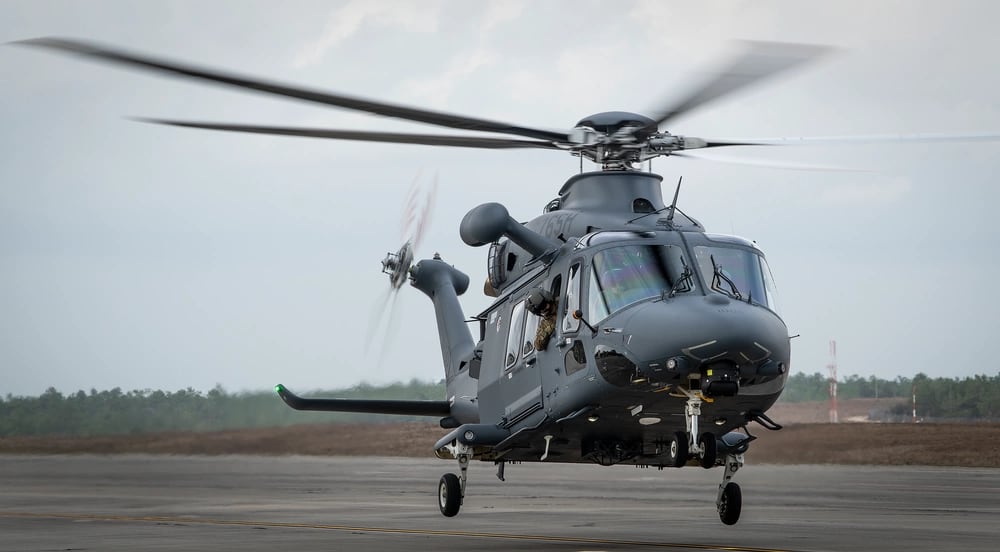
Rather than replace those H-model planes with the newer C-130J, Maxwell expects to start over with 10 MH-139s.
The Air Force plans to buy up to 84 helos from Boeing to replace its iconic, 52-year-old UH-1N Huey fleet at a cost of $2.4 billion. Four Grey Wolves have been delivered for military testing at Eglin AFB, Florida, so far.
Maxwell may receive its first aircraft in late 2023 or early 2024, but may not be able to use them for a while if the other pieces of the enterprise haven’t fallen into place.
Drescher said the wing won’t have trained any instructors before January 2024, and likely won’t be ready to bring in students until late 2026 at the earliest — nearly four years after the wing’s last C-130 flight.
Another complication is navigating the bureaucracy of three major commands: Air Force Reserve Command, which manages the wing’s people; Air Force Global Strike Command, which manages the nuclear security mission; and Air Education and Training Command, which oversees its schoolhouse duties.

Still, Drescher isn’t overly concerned about his airmen’s ability to adopt rotorcraft.
“If you have an aircrew member that has 5,000 hours, multiple combat deployments, has risen to the very top in the Air Force aircrew qualifications — instructor and then evaluator — that air sense, that experience, in many ways, [it] doesn’t matter what kind of aircraft you’re in,” he said.
RELATED
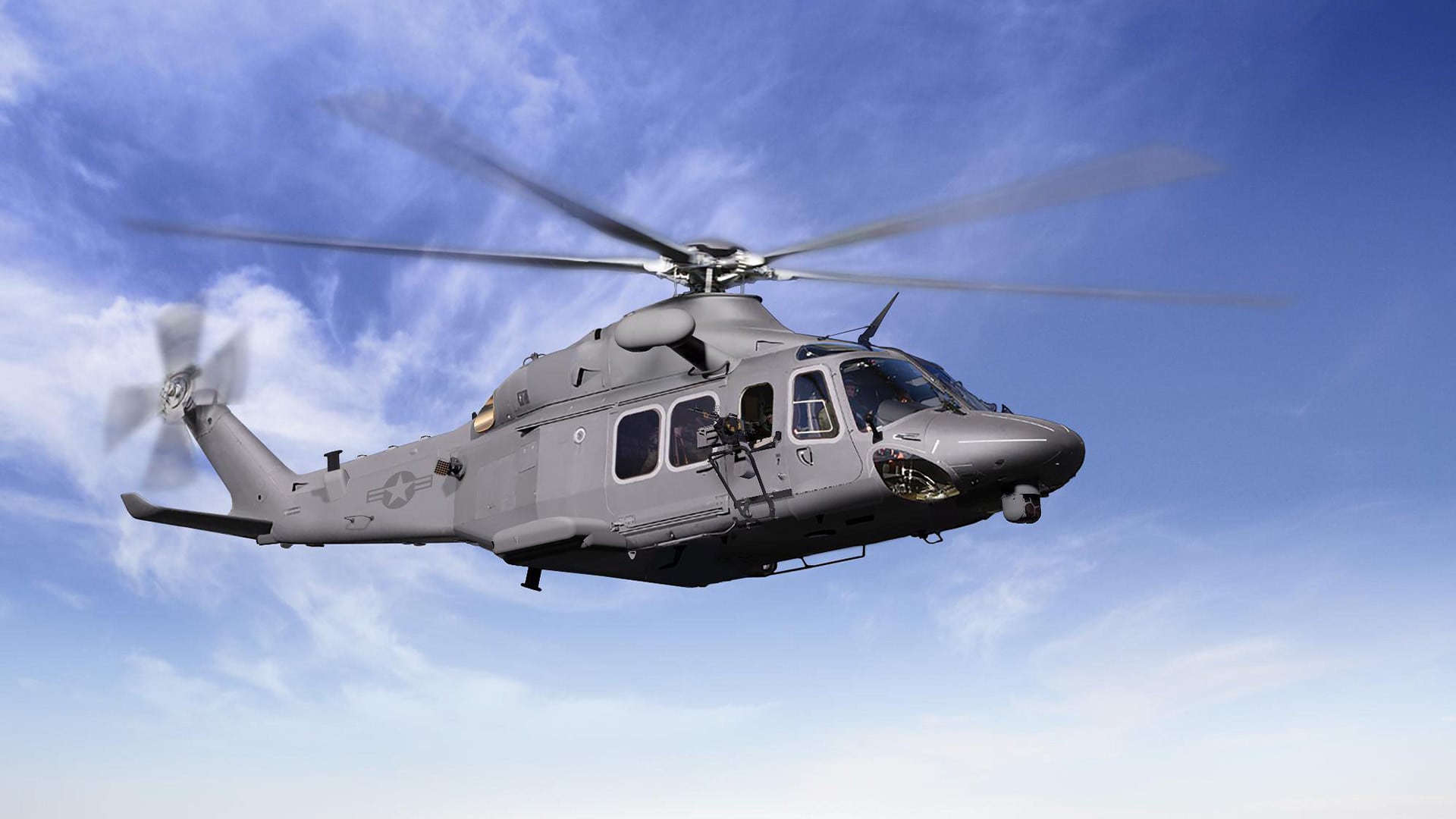
The 908th also needs to figure out how to turn its C-130 maintainers into helo mechanics.
The Air Force plans to use uniformed maintainers, rather than the contractors who have repaired Hueys for decades. Repurposing that workforce will help Maxwell keep the wing’s current size and structure, and retain its institutional knowledge of maintenance practices, Drescher said.
“If you’re an engine guy, an engine’s an engine,” he said. “That experience, those fundamental principles, how you discipline yourself to go about executing military aviation maintenance — it’s the same.”
But he acknowledged the change has spooked many airmen, calling it a “traumatic emotional event.”
This transition follows the largest deployment in wing history, which sent about one-quarter of the 908th’s airmen to locations all around the world, including Ali Al Salem Air Base, Kuwait, in 2021. About 1,400 uniformed airmen and civilians work for the wing.
“As we were doing that, the airmen were told, ‘We’re going to re-mission you. … I can’t tell you if you’re going to have a job or not,’” Drescher said. “They still went out and executed the mission all across the world.”
About two-thirds of the airmen who work in C-130 operations have since chosen to leave the wing for another airlift unit, rather than start over near the end of their career, Drescher said. Around 20% of them are retiring.
“[In] a Reserve and Guard unit, a high percentage of your people are here for a very specific reason,” Drescher said. “It’s not uncommon … to have someone for 20, 25, 30 years. So, this whole concept of drastically changing has more of an impact.”
RELATED
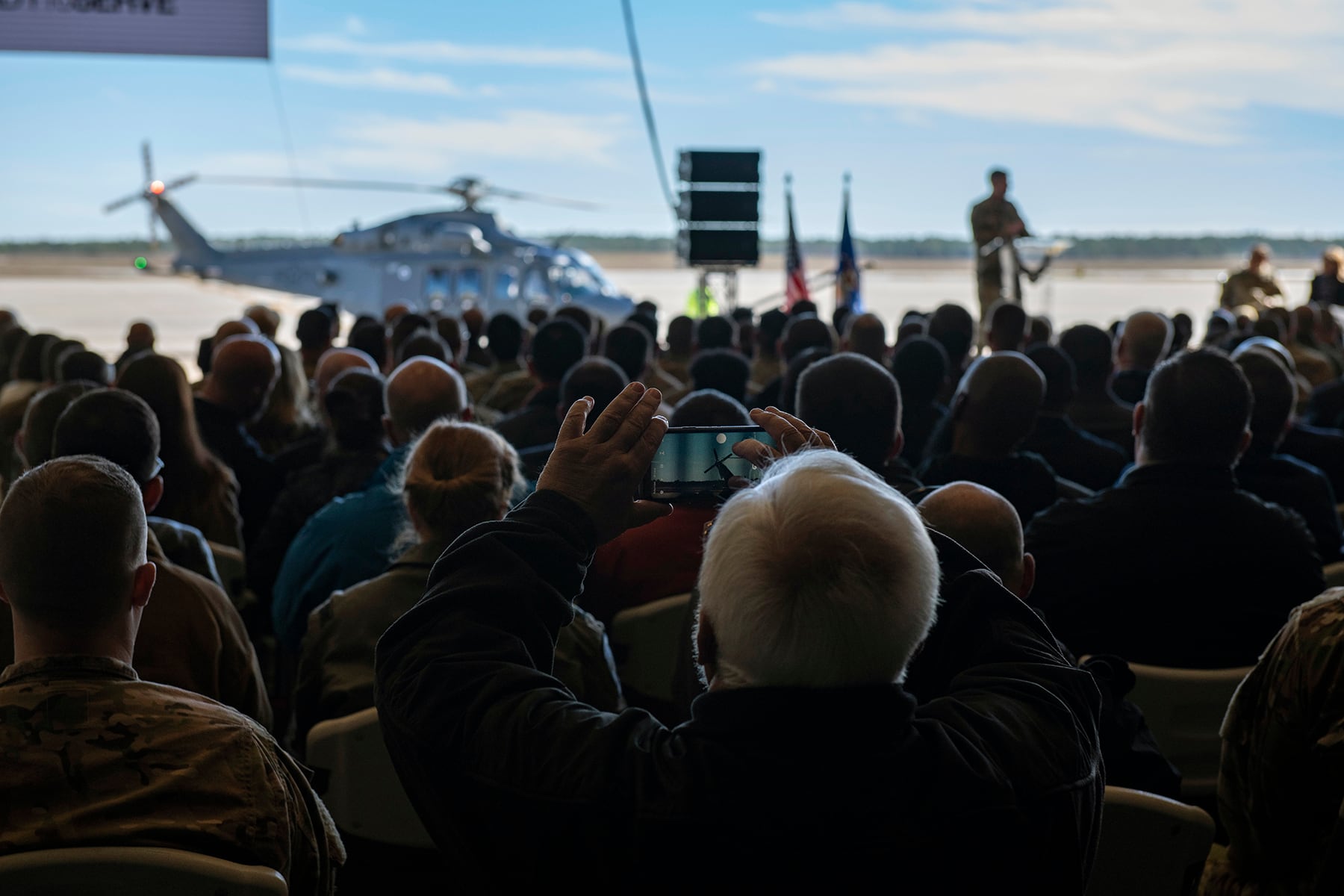
For those who are staying, he encouraged airmen to stop defining themselves by the C-130.
Officials are rebranding the future 908th Flying Training Wing as an organization focused on “multi-capable airmen” and “transformational servant leaders.” That has little to do with the airframe on the flightline and can inspire troops of all stripes, Drescher said.

“We are going to be a very important cog [in] the nuclear triad for our country, and the continuity of government in Washington, D.C.,” Drescher said. “We actually are moving a lot further up the food chain, if you will, on the priorities for the Department of Defense. … It’s a positive impact for the region.”
To offset the exodus, Drescher argues the Air Force can pull in active duty and Reserve troops, as well as civilian employees, from across the “helicopter mecca” of Alabama. The state is home to multiple military and commercial helicopter organizations that the 908th could tap into for talent.
The wing expects to spend around $20 million to renovate its facilities to accommodate helicopters, said Todd Taylor, who runs the office in charge of preparing Maxwell to welcome the Grey Wolf mission.
RELATED
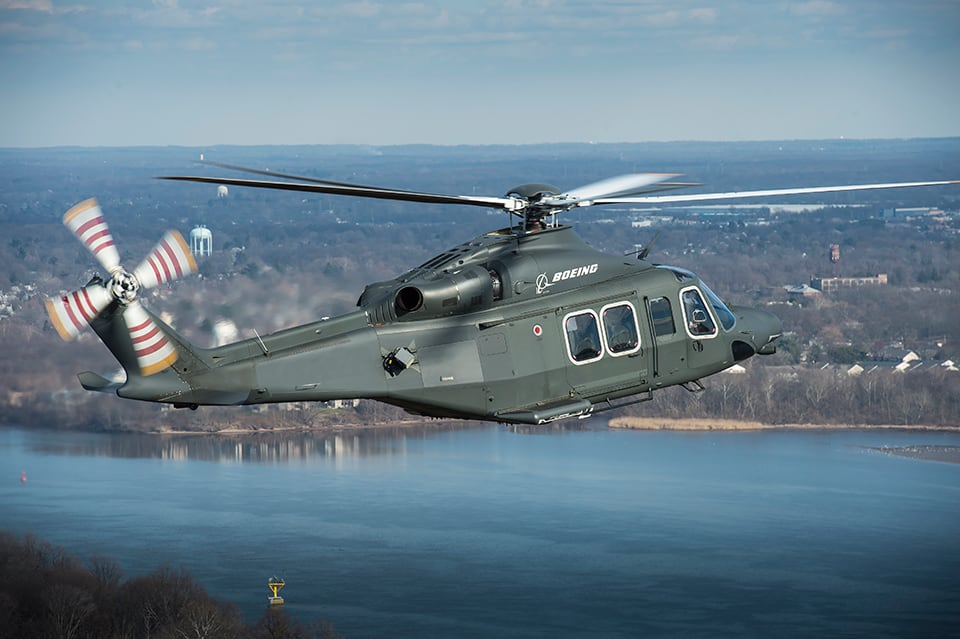
One C-130H hangar will become a flight simulator and mission training bay; other changes include adding in features related to the weapons and ammunition used in security patrols.
In the interim, the 908th is trying to pass the time and prepare for what’s ahead. Airmen are using the absence of regular ops to catch up in areas like basic maintenance skills, Drescher said.
But that’s no substitute for having the resources they need, when they need them.
“As we try to plan and prepare, you can only move out so far and accept so much risk before you find yourself paying a price for a decision you made without having the full information at hand,” Taylor said.
Rachel Cohen is the editor of Air Force Times. She joined the publication as its senior reporter in March 2021. Her work has appeared in the Washington Post, the Frederick News-Post (Md.), Air and Space Forces Magazine, Inside Defense, Inside Health Policy and elsewhere.





